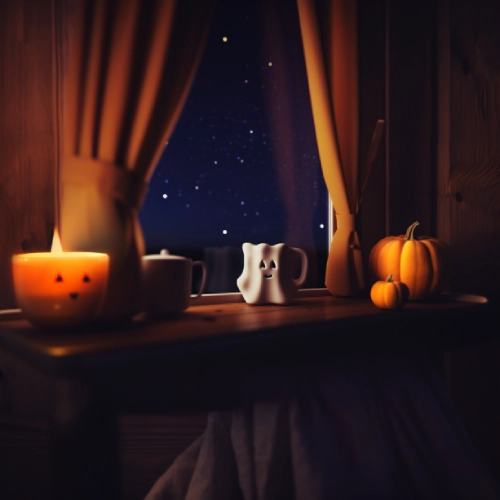
How do coloring pigments work?
A journey at the speed of light among death rays and rainbows
Every employee of this company has been the protagonist of a conversation of this kind:
"What does your company do?"
"We make colors."
"In what sense?"
Silence. Panic.
A voice in the head screaming, "And now, how do I explain how coloring pigments work?"
Welcome. You are not alone. Let's start from the beginning..
In order to illustrate what pigments are used for, we must first understand what is color. Some might call it a sensation, a mental processing, an artistic expression. My mentor, however, has always defined it as a physical phenomenon perceived by the brain through the eyes, sense organs. Color as a physical characteristic of an object is determined by electromagnetic waves. These waves "form" the light. When a ray of light hits a surface, the latter absorbs some wavelengths and lets others "escape," it is said to "reflect" them. The unabsorbed waves are bounced away, transmitting color. Each visible wavelength corresponds to a color.
Stars and specters
There are electromagnetic waves everywhere. But are they harmless? Well, actually, not really. It depends. Fortunately, we have an atmosphere that defends us, more or less, from the most harmful cosmic rays coming from the stars. Waves are characterized by intensity and frequency or wavelength, measured in nanometers (nm). This measure is inversely proportional to frequency. So, high frequencies correspond to low wavelengths and vice versa. Low-frequency radiations are, for example, infrared rays (those of microwaves) and radio waves (that's right, precisely those of radio); high-frequency radiations are ultraviolet (those that make us tan), X-rays (those of the radiologist) and gamma rays (the deadly ones, coming from the radioactive decay of stellar atomic cores). Included between these two groups we have the radiation ranging from 380 nm to 720 nm, known as visible light. Our ability to see is due precisely to radiation from this range of waves, called the visible spectrum (no, we are not talking about ghosts).

Coloring pigments in the darkness
Visible light radiations come from a source, called a light source, that can be of various types. The point is that each source can transmit only certain radiations and, consequently, certain colors. The most famous and complete light source in the range of waves to be offered is found by looking up at the sky. That's right, it is the Sun, which constantly sends us electromagnetic waves of visible light (and also uv and gamma rays, but don't mind them). Other sources may be electric bulbs, but these are only able to radiate certain wavelengths. This explains why we cannot distinguish colors well at night. For example, in the darkness of the evening, a blue car in a parking lot illuminated only by a streetlight receives only waves of the length of yellow and red and not purple or blue. Since it cannot reflect what it does not receive, it will appear to our eyes as black.

Color or coloring?
Finally we can get back to what a company that uses coloring pigments in its products (plastics, for example) deals with: coloring and color are two concepts similar, but they are not the same. As we have read, if color has mostly to do with wave physics, coloring is a matter of chemistry. In fact, each material has its own coloring, characterized by a spectrophotometric curve (again, we are not talking about ghosts!). This curve indicates the percentage of reflected light energy for each wavelength received. Basically, it allows us to "read" how many colors are absorbed and which are reflected. For example, a piece of plastic containing red iron oxide will reflect a high percentage of red waves and absorbs blue and green waves. This means that the coloring substance is that chemical compound on a surface that most interacts with light.
It is not magic, it is science!
So you can finally answer the initial question without panicking: what do we do? Those who produce colors, such as inks, paints or masterbatches formulate mixes of substances and coloring pigments. These, processed and combined in the right way, can disperse or cover the surface of the final product, enabling it to interact with light radiation in the best possible way. We are somewhat like alchemists: we study the elements of nature, learn about their composition and reactions in exposure to electromagnetic waves; we do experiments in chemistry and physics; we learn how to read the light of stars and electrical sources. Our dream is to enrich ourselves with knowledge and to give the world wonderfully colored objects.
What are masterbatches, plastics, and other questions
Still having doubts? Write to us, we are here to answer your curiosities!